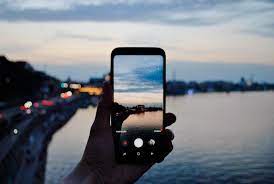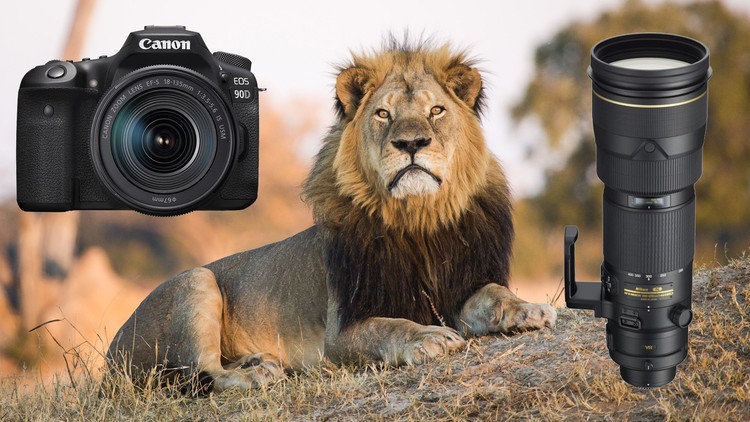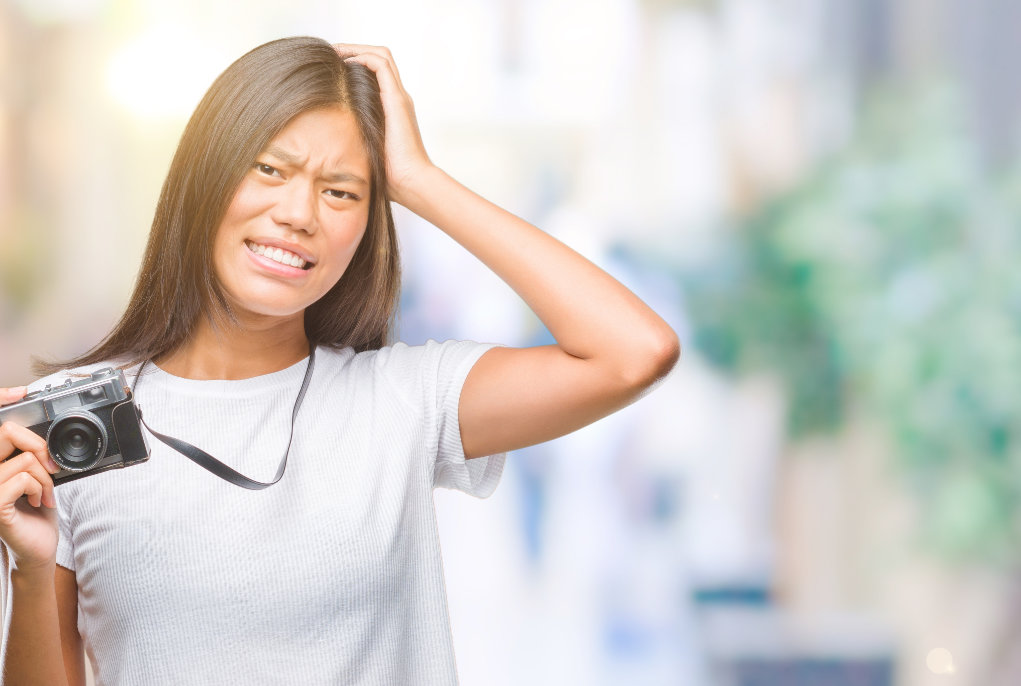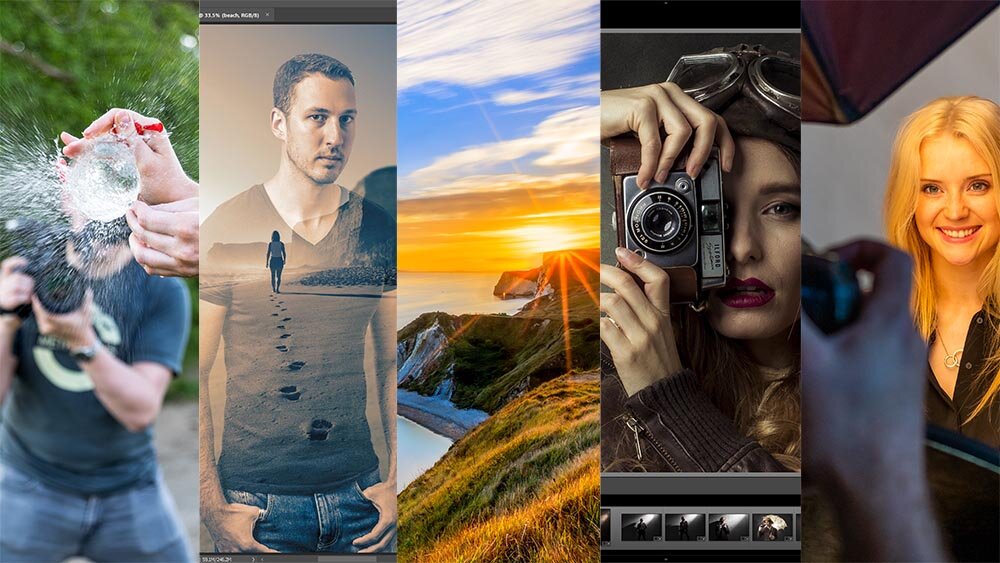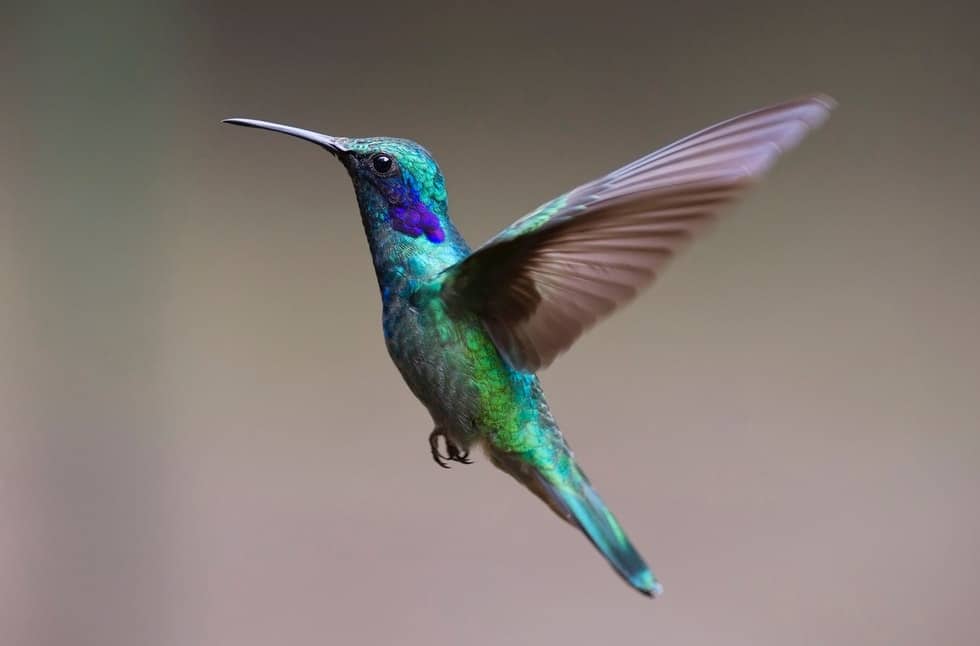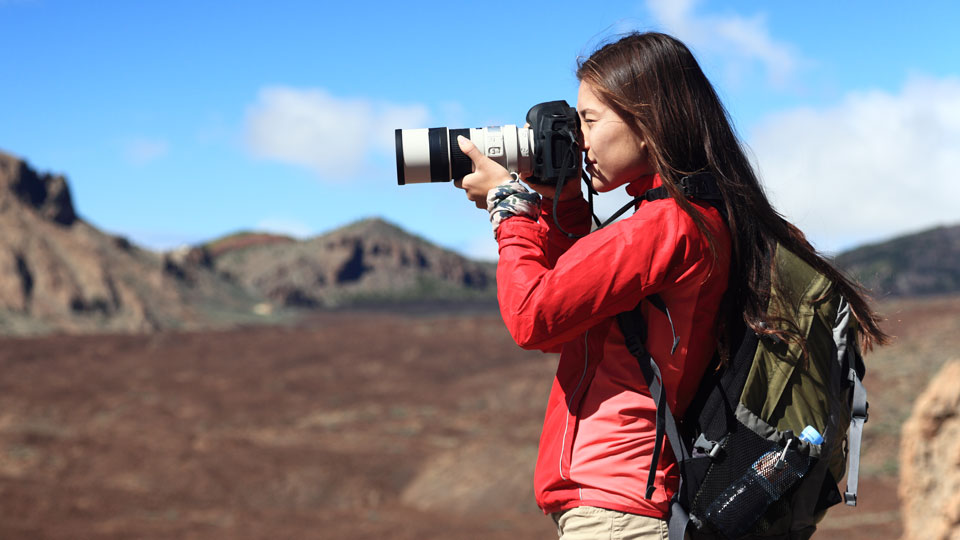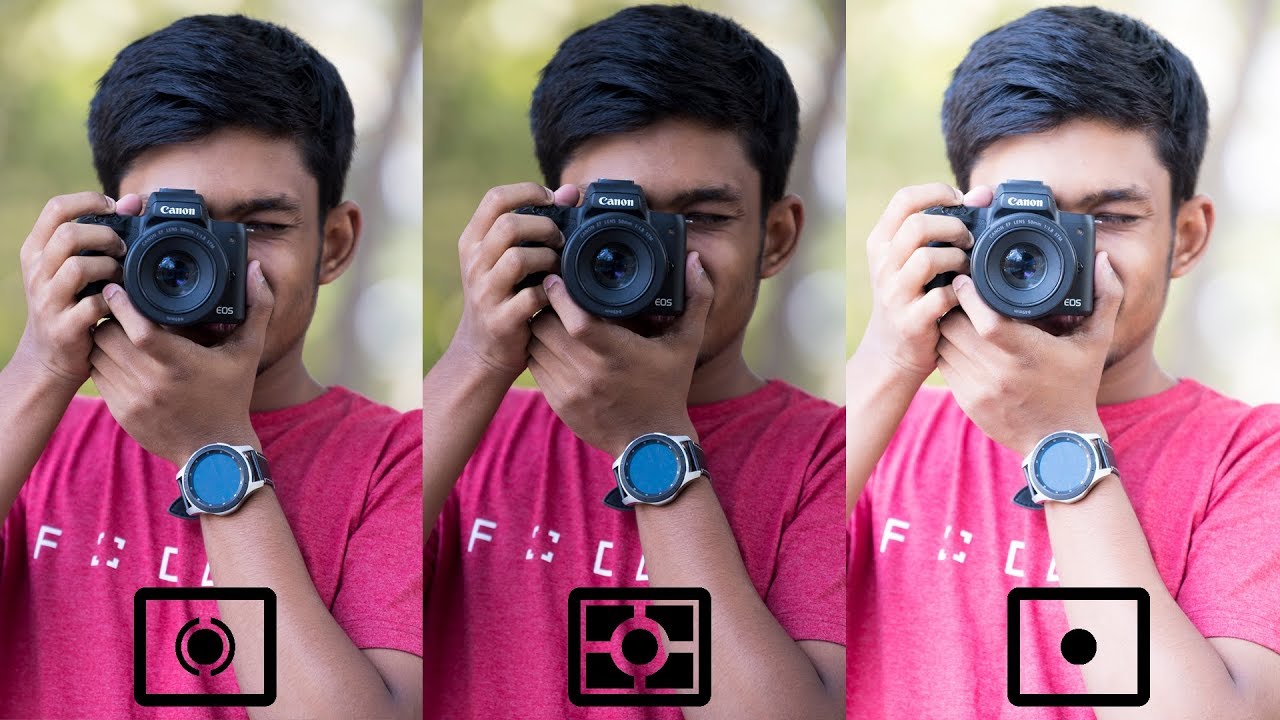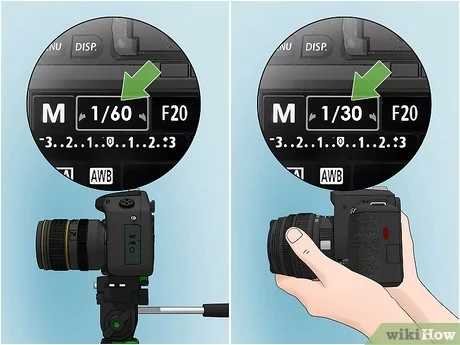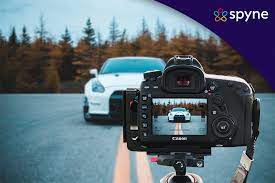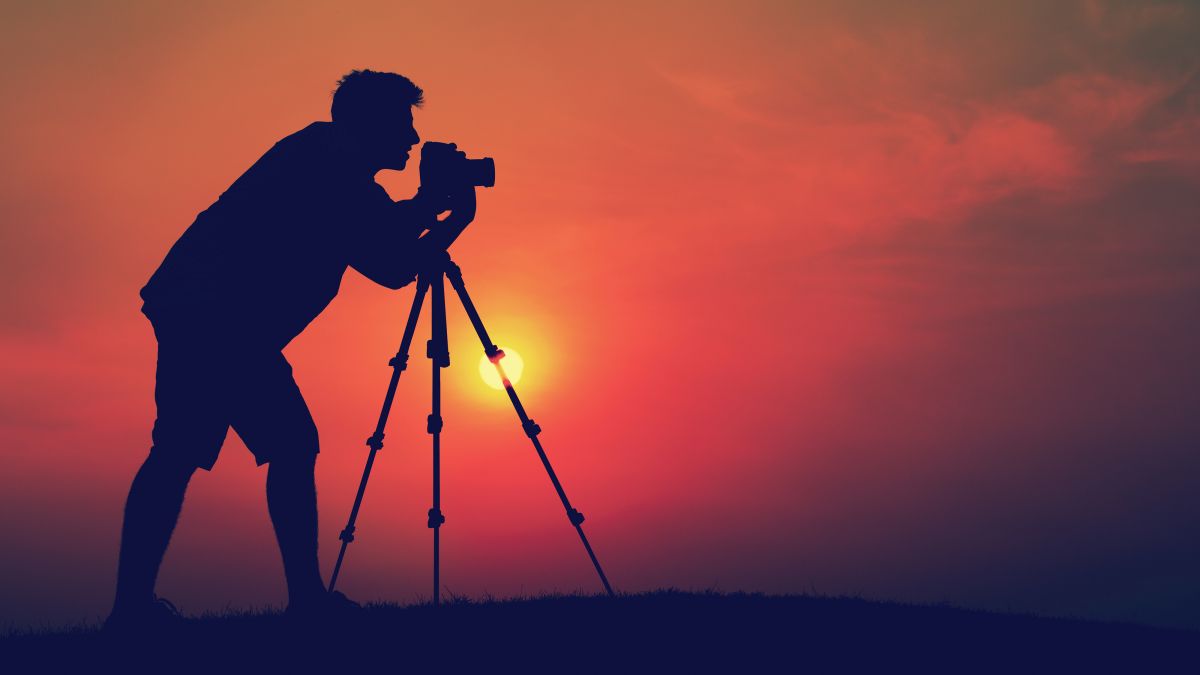05
Sep
Here are some common concentrated photography techniques that you can practice to enhance your skills and expand your creative repertoire: Long Exposure: Experiment with long exposure photography to capture motion and create stunning effects. This technique involves using slow shutter speeds to capture movement, such as flowing water, light trails, or star trails. Practice using a tripod and adjusting your exposure settings to achieve desired results. Macro Photography: Explore the world of macro photography by capturing close-up shots of small subjects, revealing intricate details. Use a macro lens or extension tubes to get closer to your subject and experiment with…
